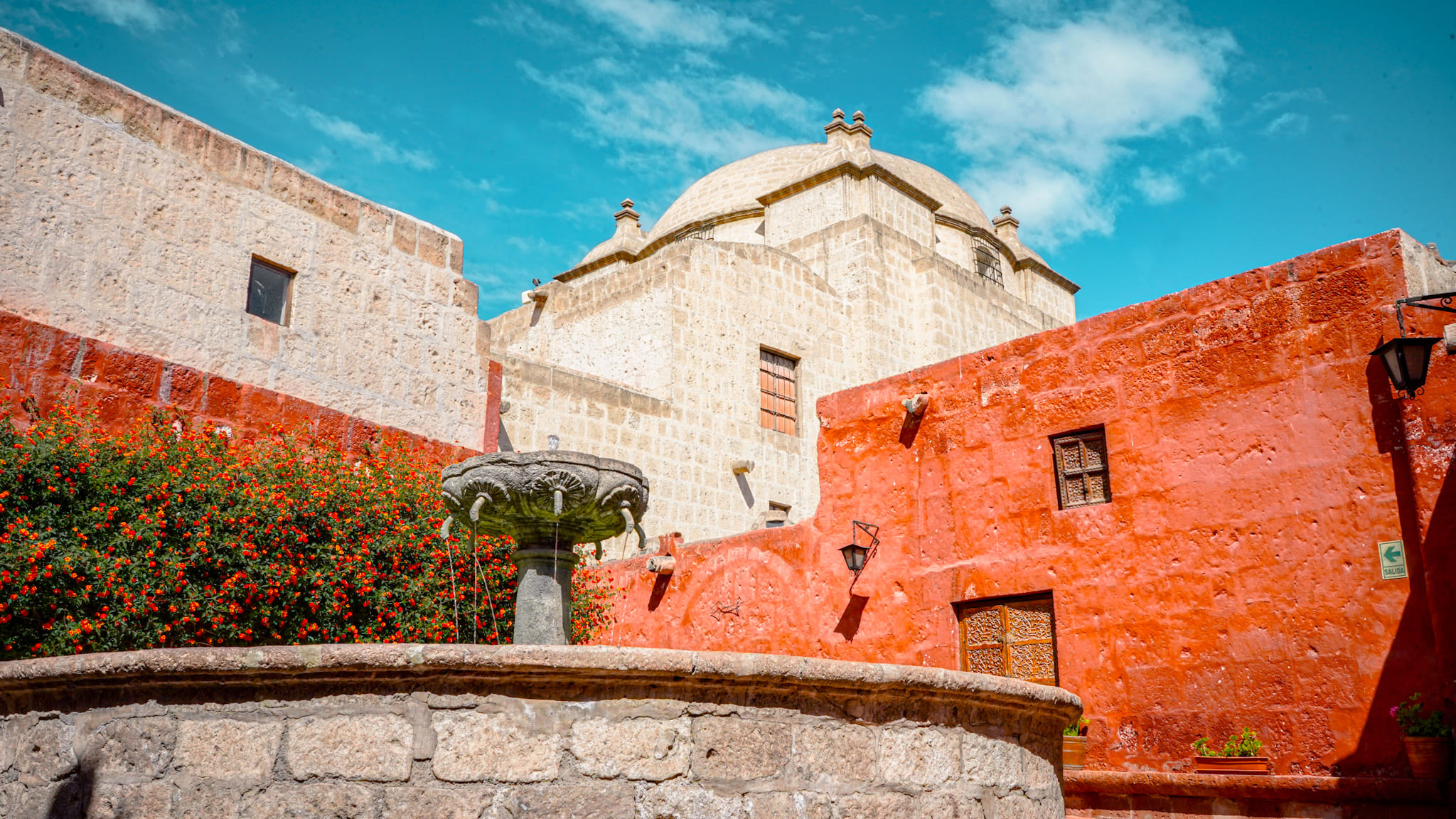Arequipa, located in southern Peru at over 2,300 meters above sea level, is the second most populous city in the country and the capital of the region of the same name. It extends over an area of more than 9,000 km² with a unique geography that features three volcanoes: Misti, Chachani, and Pichu Pichu, valleys crossed by the Chili River, native Andean flora, and South American camelids.
It boasts protected natural areas such as the Salinas and Aguada Blanca National Reserve, home to vicuñas and parihuanas, and landscapes that form natural viewpoints and invite you to contemplate its high Andean lagoons.
The city’s historical legacy is concentrated in its historic center. Its architecture includes colonial churches, mansions built with white ashlar, and convents such as Santa Catalina. Thanks to this set of unique features, UNESCO declared the city a World Heritage Site in 2000, and in 2019, it was awarded the title of Creative City of Gastronomy.
This latest UNESCO title particularly highlights traditional Arequipa cuisine, represented by iconic dishes such as rocoto relleno (stuffed rocoto), adobo (adobo), and shrimp soup. It also includes drinks such as chicha de guiñapo (guiñapo chicha), typical of the picanterias (spicy restaurants) that still preserve the use of the batán (baked batten) and the wood-burning stove. Desserts such as frozen cheese and aniseed nájar (aniseed najar), a typical regional liqueur, complement the culinary experience.
Among its most representative celebrations are Holy Week (March-April), the Feast of the Virgin of Chapi (May), and the anniversary of the city’s founding in August, with artistic and religious events and fairs that showcase the fervor and identity of the Arequipa people.
| Incorporation into the Smart Destinations project | Start of the Diagnostic and Action Plan process for the transformation of Arequipa into a Smart Tourism Destination in 2024 and completion in July 2025. |
| Featured initiatives
|
The Arequipa destination has the following initiatives:
|

